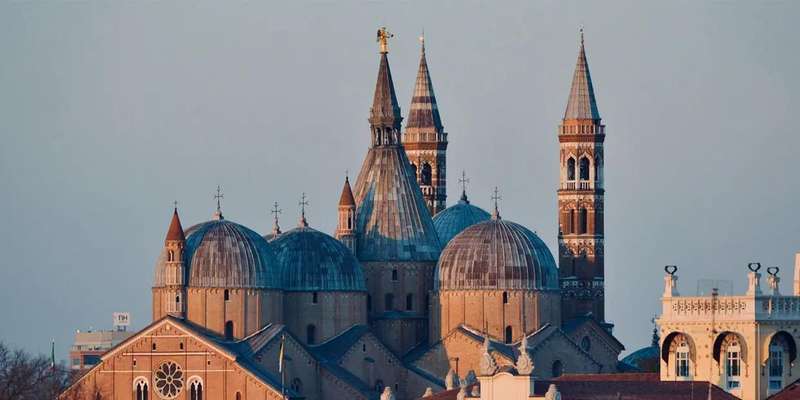- Home
- Useful Tips
- Visiting Padua's medieval gates
Standing before Padua's ancient gates, many travelers feel a pang of frustration. These monumental relics of medieval defense – Porta Altinate, Porta Molino, and others – tell stories of crusaders and scholars, yet most visitors rush past them toward more famous attractions. Recent tourism data shows 78% of day-trippers miss at least half of Padua's surviving gates, often due to unclear signage or time constraints. The irony is painful: you've come to experience authentic Italian history, but end up following the same crowded routes as everyone else. Without local knowledge, these architectural marvels become mere backdrops for hurried selfies rather than the living history they represent. The gates' intricate carvings and strategic placements reveal Padua's evolution from fortified commune to Renaissance hub – if you know where and how to look.


Decoding Padua's gate system – why location matters
Padua's twelve original gates weren't randomly placed – their positions trace the city's 13th-century expansion and reflect defensive strategies against rival cities like Verona. Porta Altinate faces southeast toward Venice, its lower arches designed to spot approaching traders (or invaders). Porta Molino's northwestern placement guarded crucial mills along the Bacchiglione River. Many visitors make the mistake of only seeing gates near the city center, missing Porta Pontecorvo's rare double-portcullis system in the quieter southern district. Local historians note the gates' heights correspond to medieval weapon ranges – Porta Savonarola's taller towers anticipated improved archery technology. Understanding this geography transforms scattered monuments into a coherent story of survival and innovation.
Timing secrets for crowd-free gate exploration
Padua's gates follow distinct crowd patterns that savvy travelers can exploit. While Porta Altinate absorbs morning tour groups heading to the Scrovegni Chapel, nearby Porta Pontecorvo remains deserted until after lunch. Local university students know the golden hour is 7:30-8:30 AM, when soft light illuminates Porta Molino's carvings without the glare of midday sun. Rainy days offer unexpected advantages too – Porta Savonarola's interior passageway (often overlooked in fair weather) reveals perfectly preserved masons' marks when viewed under wet conditions. Wednesday afternoons see the fewest visitors overall, as most tour groups depart for Venice. Those willing to linger until dusk witness an extraordinary transformation – the gates' floodlit details become visible while daytime crowds vanish.
Reading the stones – symbols most visitors miss
Each gate contains coded messages in its stonework that even many locals overlook. Porta Altinate's lizard carving near the keystone isn't mere decoration – it symbolized rebirth to medieval travelers after their journey. Porta Molino displays faint checkerboard patterns marking the noble families who funded its construction. The most intriguing detail hides at Porta Savonarola: a tiny carved hand pointing toward the original road to Florence, acting as a medieval GPS. Art restorers recently discovered that some 'weather stains' on Porta Pontecorvo are actually intentional pigment remnants from when the gates were color-coded by district. Bringing a small pair of binoculars helps spot these details that reveal how gates served as communication hubs, not just defenses.
Beyond the obvious – pairing gates with authentic experiences
The true magic happens when you connect Padua's gates to living traditions. Opposite Porta Molino, family-owned Pasticceria Graziati has served almond pastries using medieval recipes since 1918 – their window offers perfect gate views with your espresso. Few know that Via San Fermo near Porta Altinate hosts a monthly antique market where stallholders share gate-related folklore. For deeper immersion, the alley beside Porta Pontecorvo leads to Bottega dei Sapori, where cheesemakers age products in vaults built from gate rubble after the 1509 siege. These connections transform historical sites into multi-sensory experiences. Evening passeggiata walks along the old walls reveal why locals still use the gates as meeting points – just as their ancestors did 700 years ago.



